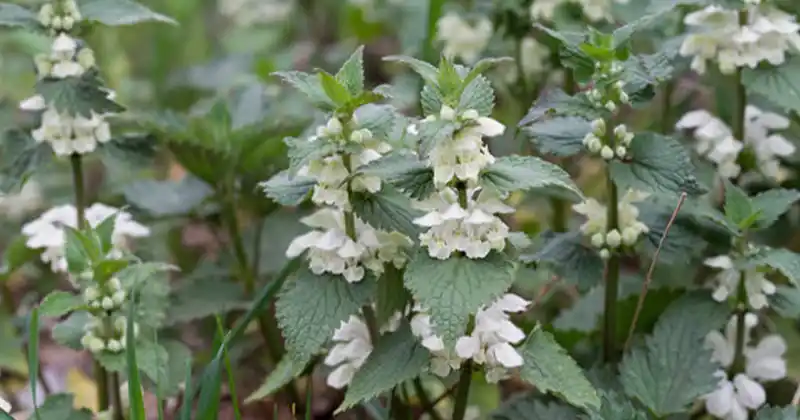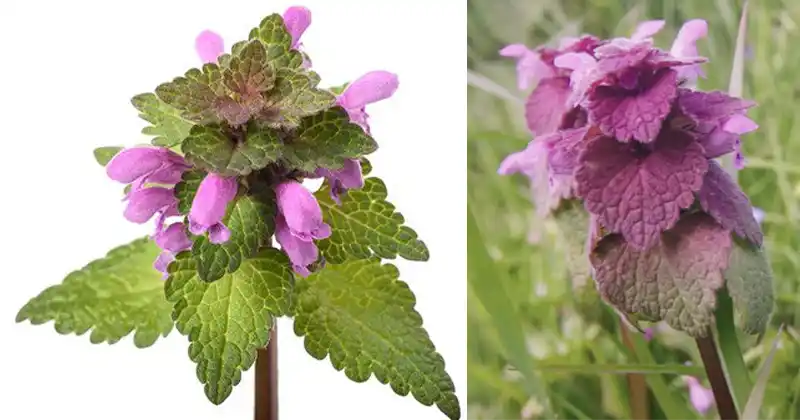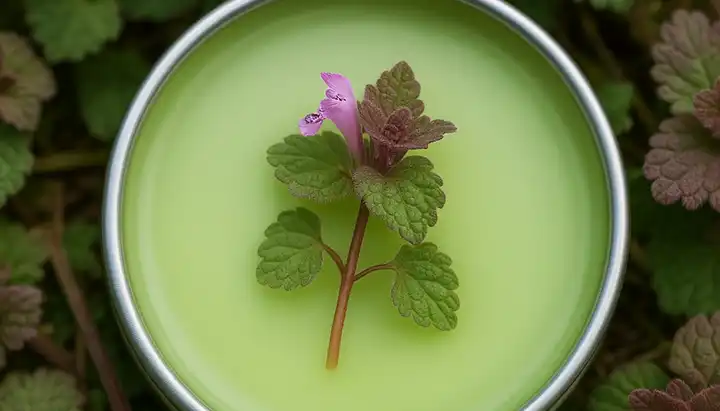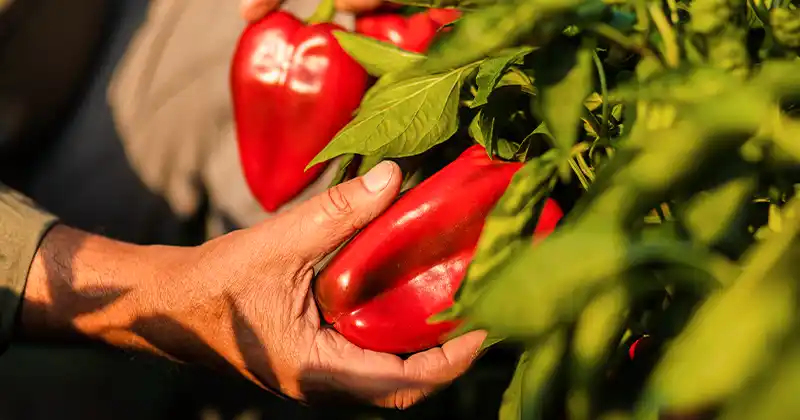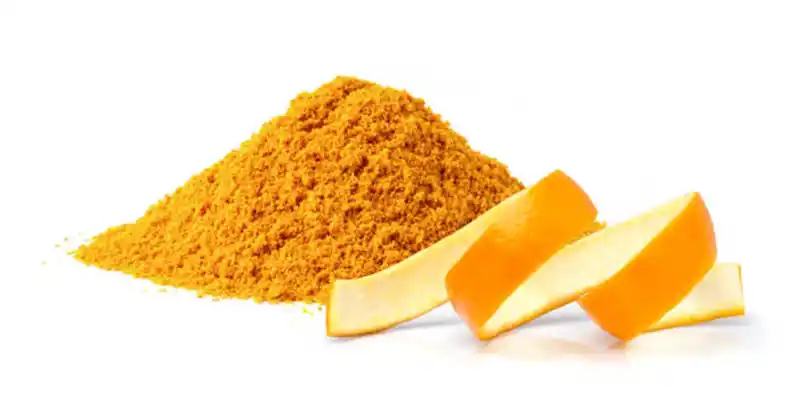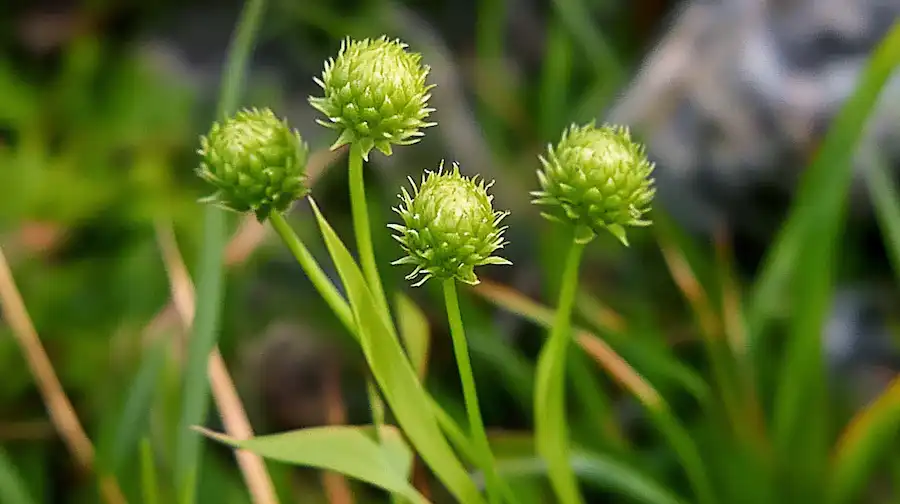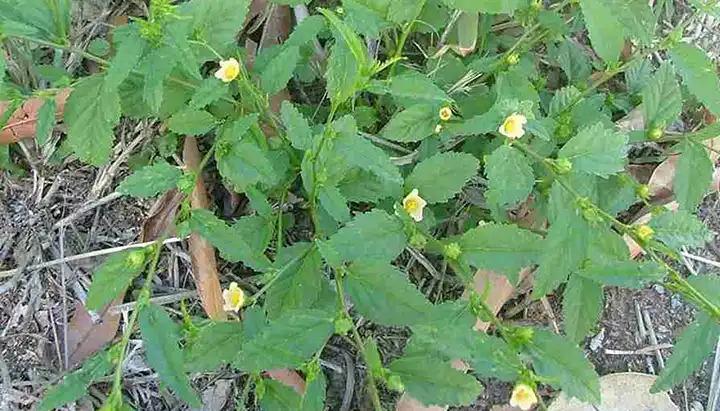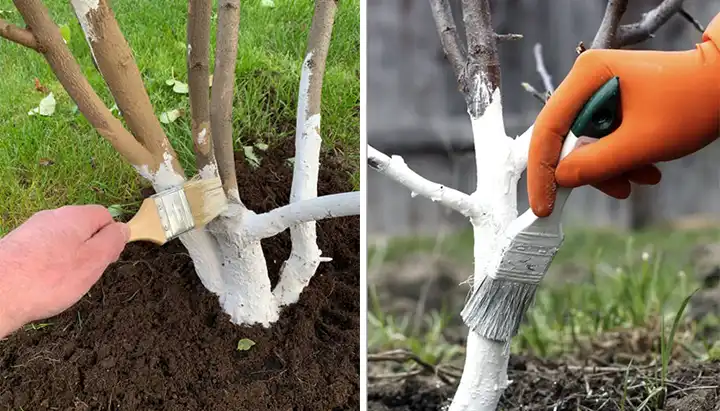How to Successfully Cultivate Potatoes in Soil Bags: A Detailed Guide

Cultivating potatoes in soil bags is a practical and space-efficient method for nurturing these versatile and cherished tubers. Soil bags are the perfect solution, whether you’re dealing with limited garden space or just exploring a fresh approach to growing potatoes. In this comprehensive guide, we will walk you through the essential steps for a successful potato-growing experience in soil bags, from material selection to the rewarding harvest.
Materials Required
Before diving into the process of planting potatoes in soil bags, gather the following essential materials:
- Soil Bags: Opt for purpose-designed potato grow bags or repurpose large, durable plastic bags. Each bag should have a capacity of at least 15-20 gallons to accommodate the growth of your potato crop.
- Potting Mix: Select a high-quality potting mix or create your own blend by combining equal parts of compost, garden soil, and perlite or vermiculite to ensure proper drainage.
- Seed Potatoes: Acquire certified seed potatoes from a reputable garden center, or utilize your own stock, ensuring that they are disease-free and suitable for your local climate.
- Fertilizer: Use a balanced, slow-release granular fertilizer or opt for organic alternatives such as compost or well-rotted manure.
- Watering Can or Hose: You’ll need a reliable method for consistent watering.
- Sunlight: Identify a location that receives a minimum of 6-8 hours of sunlight daily to optimize potato growth.
Step 1: Preparing the Soil Bags
Commence by choosing a sunny location for your soil bags. Position the bags on a well-drained surface, such as a patio, balcony, or garden bed. Make sure there are drainage holes in the bottom of each bag to prevent waterlogging.
Fill the bags with your selected potting mix, leaving about 3-4 inches of space at the top. This space allows for the hilling of soil as the potato plants grow.
Step 2: Preparing the Seed Potatoes
Before planting, cut your seed potatoes into chunks, each piece possessing one or two “eyes” or buds. Aim for each chunk to be about the size of a golf ball.
Allow the cut pieces to air dry for a day or two, as this helps prevent rotting.
Step 3: Planting Potatoes in Soil Bags
Position the seed potato chunks atop the potting mix in the soil bag, ensuring even spacing, approximately 8-10 inches apart. Make sure the eyes are facing upward.
Cover the seed potatoes with a few inches of potting mix, leaving a portion of the eyes exposed.
Water the planting thoroughly to maintain consistent moisture in the soil.
Step 4: Caring for Your Potato Plants
As your potato plants begin to grow, maintain soil moisture consistently, avoiding waterlogging. Deep watering once or twice a week is typically adequate, taking into account the prevailing weather conditions.
Fertilize your potato plants with a balanced, slow-release fertilizer as directed on the package. Alternatively, nourish your plants with compost or well-rotted manure.
As the potato plants grow, continue to mound the soil around them by adding more potting mix to the bag. This promotes the development of additional tubers and shields the potatoes from exposure to sunlight, preventing them from turning green and becoming bitter.
Regularly monitor your potato plants for pests and diseases, such as aphids, potato beetles, and late blight, and take appropriate measures to address these issues.
Step 5: Harvesting Your Potatoes
Typically, potato plants are ready for harvesting when the foliage starts to yellow and wither, which usually happens around 12-14 weeks after planting.
Gently empty the contents of the soil bag onto a tarp or similar surface to reveal your harvested potatoes, taking care not to damage the tubers during this process.
Allow the harvested potatoes to air dry in a cool, dark location for a few hours before storing them in a cool, dark, and well-ventilated space.
Conclusion
Cultivating potatoes in soil bags presents an excellent choice for gardeners with limited space and those seeking a fresh cultivation method. By following the steps outlined in this guide, you can anticipate a rewarding yield of homegrown potatoes. From material selection and plant care to the gratifying harvest, these guidelines will enable you to successfully nurture delicious, fresh potatoes in the comfort of your own space.
